This post may contain affiliate links. Please read my disclosure policy for details. As an Amazon Associate, I earn from qualifying purchases.
If you plan to travel around Japan, you can use the Japan Rail Pass (JR Pass) to save on Shinkansen and JR trains.

What is the Japan Rail Pass (JR Pass)?
When we started traveling to Japan, we realized our transportation costs, including airfare and shinkansen (bullet trains), were adding up significantly. However, if we had planned our trips better, we could have saved a bit on transportation using a Japan Rail Pass (JR Pass).
This pass allows unlimited travel on all JR Group (Japan Railways Group), limited express trains, express trains, and rapid and local ones. JR Pass holders can show the ticket gate officer and board the train. You can also make seat reservations at the ticket office or on a machine.
Regional JR Pass
The general JR Pass covers all the trains mentioned above from the southern island of Kyushu all the way up to northern Hokkaido! This may be a great option if you plan to travel all over Japan. However, if you plan to focus on just one region of Japan, there are specific JR Passes for different regions, including JR Hokkaido, JR East, JR Central, JR West, JR Shikoku, and JR Kyushu. We’ll get onto the pricing of these later on.
If you only plan to stay in one area like Tokyo, the rail pass is probably not worth it. However, if you know you’ll be taking the bullet train to Osaka from Tokyo and perhaps other cities within Japan, this pass could be a money saver.
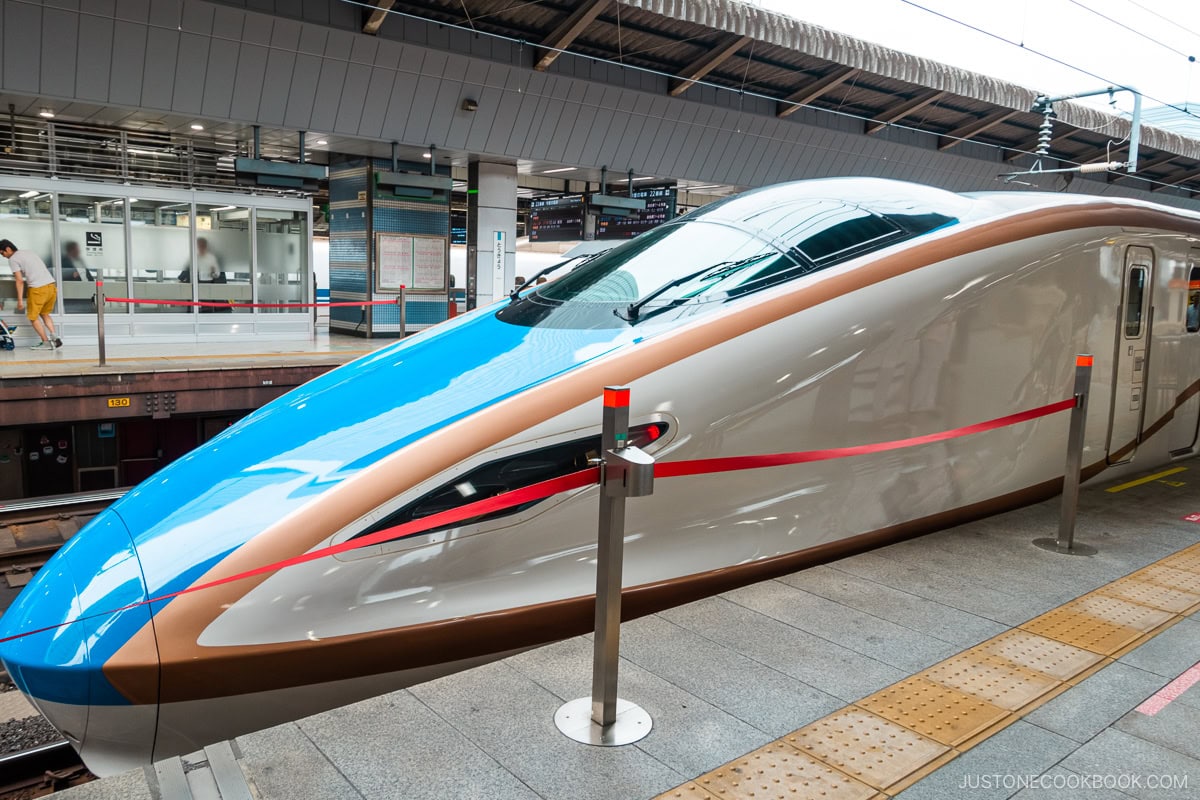
Types and Validity of the Japan Rail Pass
Before we start, it should be noted that the JR Passes are only available to foreigners and Japanese nationals living abroad permanently and visiting Japan under the “temporary visitor” status. Japanese Immigration Law allows a stay in Japan of 15 days or 90 days for “sightseeing, etc. If you fall under this criteria, a temporary visitor stamp will be placed on your passport.
Three types of JR Passes are available: the Ordinary Pass (for standard classes), the Green Pass (for superior class), and the Child Pass for children aged 6-11. For infants aged 0-5, a rail pass is not necessary, as stated by Japan Rail, but this means they are not entitled to a seat either. If they require a seat, you will have to purchase one. From there, the JR Pass is available in various durations: 7, 14, and 21 days.
Remember that this pass does not apply to metro lines and other private lines and only works on JR lines. In case you are wondering (see the chart below), “Green Car” is the equivalent of a business class car with wider seats.
Fastest Train Option
As of October 2023, with the JR Rail Pass, users can purchase an additional ticket at the station to ride the Nozomi Shinkansen on both the Tokaidō Shinkansen (between Tokyo and Shin Osaka), Sanyō Shinkansen (between Shin Osaka and Hakata) or the Mizuho service running on both the Sanyō Shinkansen and the Kyūshū Shinkansen. These are the fastest Shinkansen trains and cost between 4,000 and 6,500 yen. More details can be found on the official website. Previously, JR Pass riders couldn’t ride on these fastest trains.
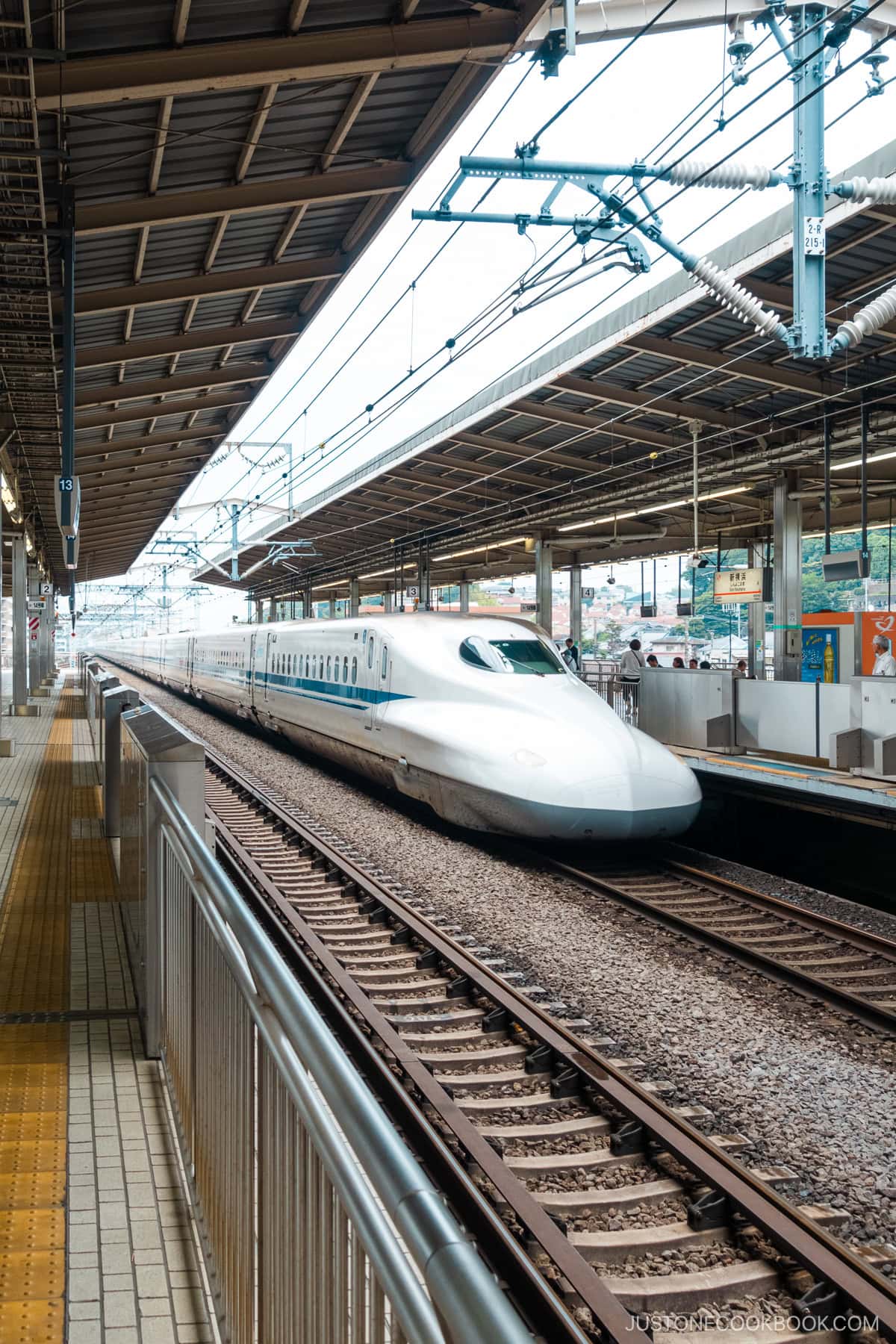
You are free to use all other Shinkansen trains and specified trains and buses.
How Much Does the Japan Rail Pass Cost?
Since the passes are priced in Yen, the prices could fluctuate in your currency depending on the exchange rate. The three different types and duration of JR Passes vary in price, which you see in the chart below (prices are in yen as of October 2023):
Oct 2023 Price Increase
Since October 2023, Japan Rail announced sharp price increases for all tickets. The prices are as follows:
Regular Pass
7-Day Pass – JPY 29,650 to 50,000 (69% increase)
14-Day Pass – JPY 47,250 to 80,000 (69% increase)
21-Day Pass – JPY 60,450 to 100,000 (65% increase)
Green Car Pass
7-Day Pass – JPY 39,600 to 70,000 (77% increase)
14-Day Pass – JPY 64,120 to 110,000 (72% increase)
21-Day Pass – JPY 83,390 to 140,000 (68% increase)
Compared to the price before, the new prices are huge increases. Before if you’re traveling throughout Japan it’s almost always a better deal. With the new prices, it is worth calculating and scheduling what and where you will go during your trip to Japan. Alongside the announced ride in price, users will also be able to take the fastest Nozomi Shinkansen. On top of this, there will be various attraction discounts available.
It may be hard to justify 50,000 yen for the 7-day pass. For example, a round-trip shinkansen from Tokyo to Kyoto is 28,100 yen. From Tokyo to Fukuoka, a round trip will cost around 48,000 yen. Furthermore, if you are planning to visit during holiday periods, such as the new year, Japan’s golden week, or cherry blossom season, ticket prices for trains and other modes of transport will be costly. Therefore, it will depend on your itinerary and schedule.
You can check all the details of each JR Pass here!
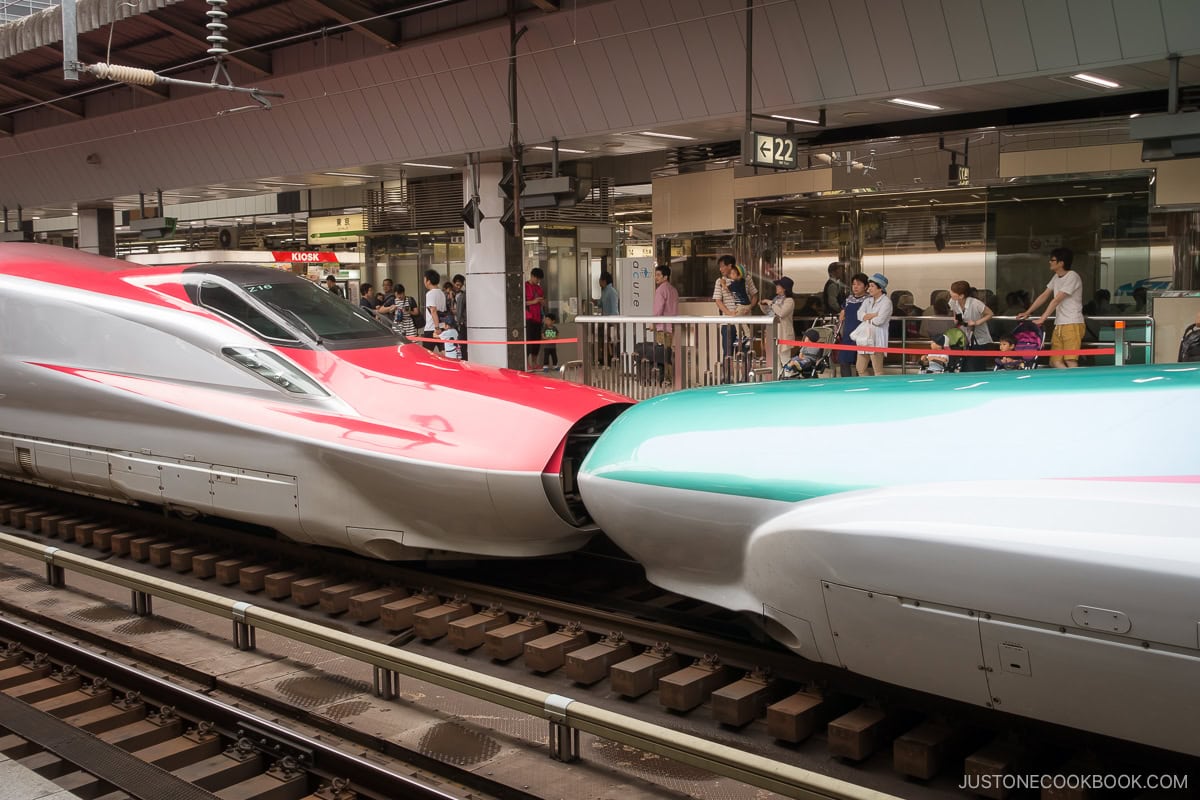
How to Obtain Your Japan Rail Pass
The most crucial part of the Japan Rail Pass is that you have to purchase it outside of Japan, and it is not available for purchase within Japan. You can purchase a voucher (exchange order) from various authorized websites, which will be sent to your home address. When you arrive in Japan, you can exchange that voucher for your rail pass at any major JR Station, airport, or designated exchange office. At the time of exchange, you can state your starting date to adjust your itinerary.
Japan Rail Pass Tips and Notes
- It is not a ticket, and you will need to bring your pass to a JR office in Japan to exchange it for actual tickets.
- The exchange process is painstakingly slow. It took over 1 hour to exchange our four passes and book tickets for our trip. For a single person, it will take about 20 min. You will need your passport during the exchange. For Japanese living abroad who use the Japan Rail Pass, remember your foreign residence card or proof you live abroad.
- We highly recommend pre-planning your trip beforehand, knowing which day and train # you are going to take, and then booking the entire trip at one time at the JR station. Use Google Maps to plan your trip (my tip on how to use Google Maps in Japan).
- You will need to show the Japan Rail Pass along with your train ticket when entering and exiting stations, so keep it somewhere convenient to grab when traveling.
- You can always cancel and reschedule your tickets to accommodate your travel schedule.
Bonus Tip: Using the Japan Rail Pass on Narita Express
You can ride the Narita Express from the airport to Tokyo for free if you have a Japan Rail Pass. Otherwise, I would recommend taking the airport limousine (it’s a 50-seat bus and not a limo) to the hotel from the airport instead. It costs less and takes you directly from the airport to all the major hotels, so you don’t have to drag your luggage around the subway systems (some of the older stations have no elevator or escalator). It’s a simple and hassle-free way of getting to your accommodation, especially after a long flight. If you arrive at Haneda Airport, the pass allows you to ride the Tokyo monorail for free!




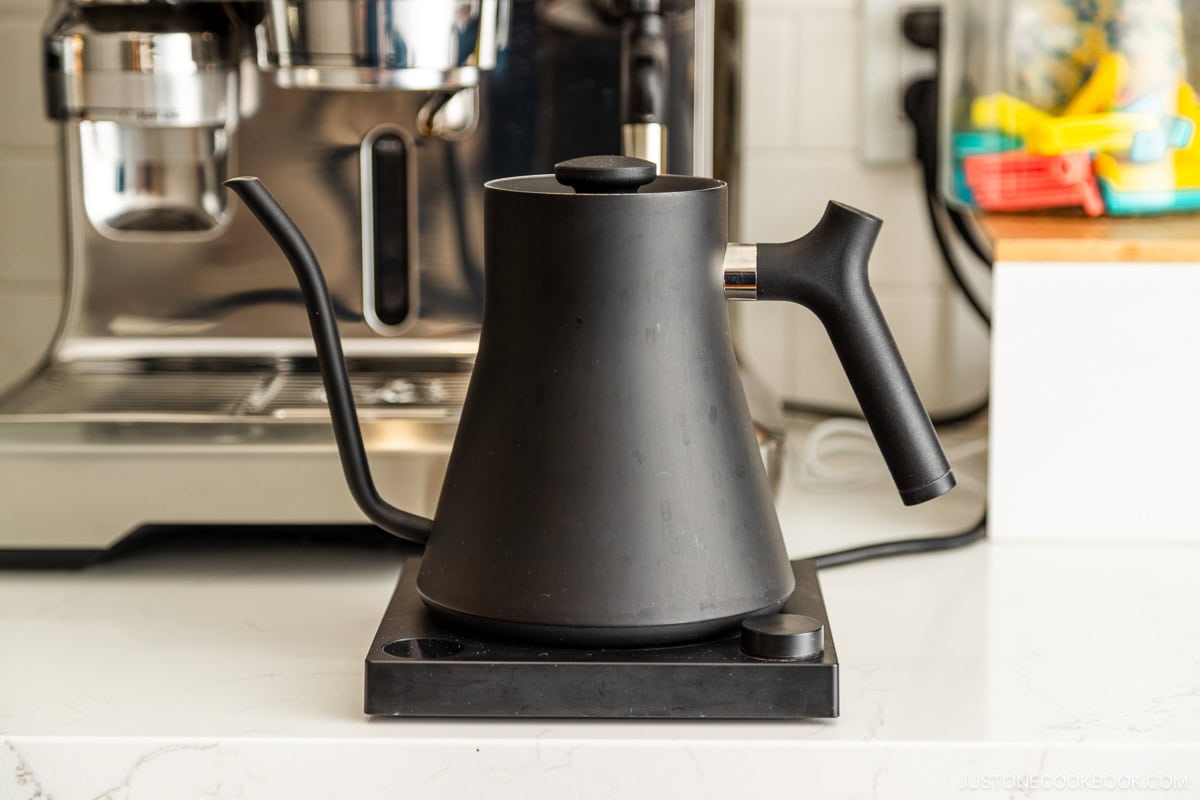



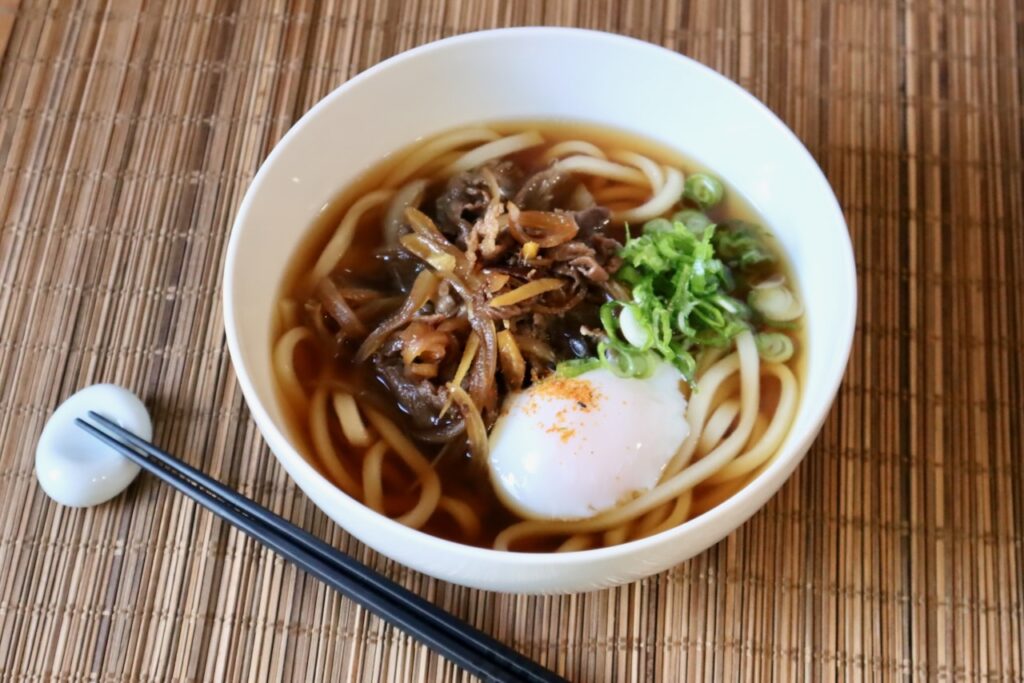



 English (US) ·
English (US) ·